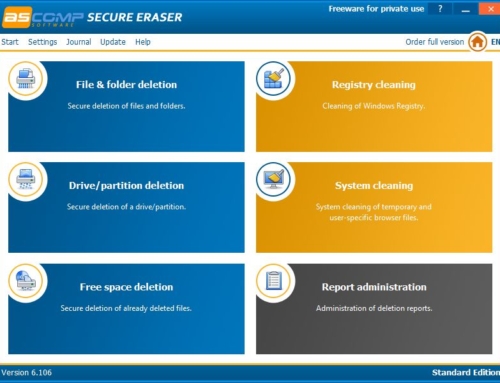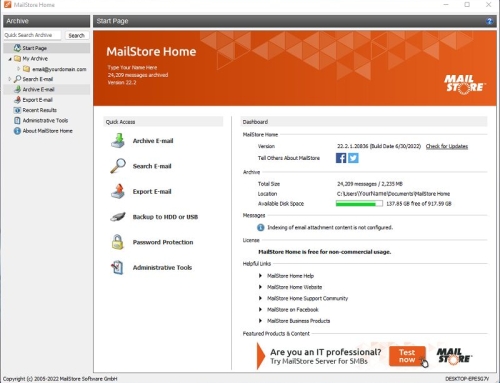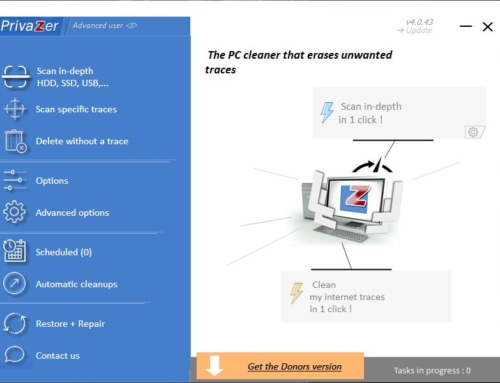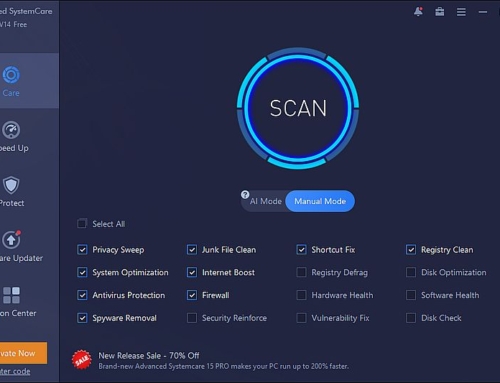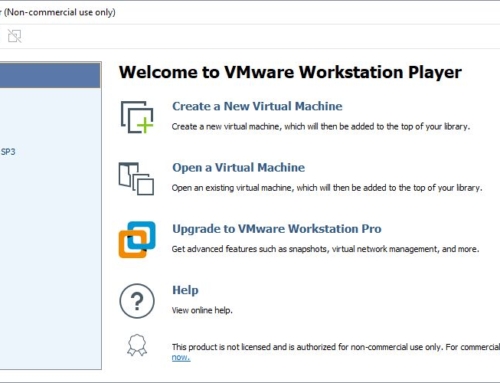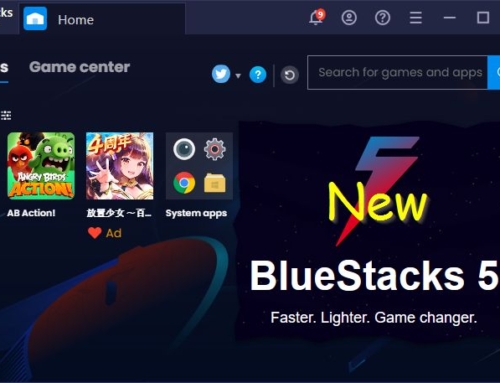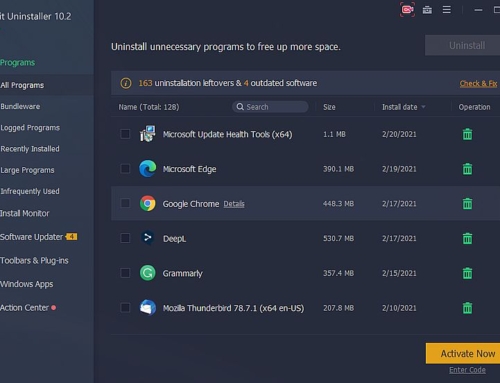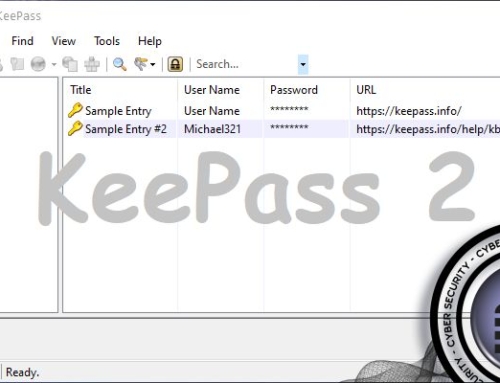Avast Free Antivirus is one of the best free antivirus tools. The tool currently (at the time of writing this post) tops the list of all available free virus scanners and, like AVG Antivirus Free, is pretty much always among the ten best scanners. It offers powerful protection against viruses and other malware, secures your Wi-Fi network, and strengthens your privacy. The software is easy to install and comes with multiple layers of security.
Features
Besides its virus scanning features, you will be protected against other malware and ransomware. This means that your files (e.g., personal photos or documents) are safe from being corrupted by known malware or encrypted and held hostage by known ransomware. In addition, the tool protects your home Wi-Fi network. Avast Free Antivirus combines cutting-edge, AI-driven cybersecurity with a massive threat-detection network of over 435 million users to protect the entire community in real-time against online threats whenever they appear.
How about Windows Defender?
Windows Defender, also known as Microsoft Defender, is good enough to protect against most types of malware, but its focus is on Microsoft Edge. If you are using a different browser, its protection is not as good as other third-party virus scanners. To get protection for all browsers and against all threats, you will need additional protection. This is where Avast Free Antivirus comes in. It provides protection where Windows Defender fails.
Is Avast Free Antivirus perfect?
There is no such thing as perfect protection. We intentionally added above that Avast Free Antivirus (or any other virus scanner) protects you against “known” threats. The issue is that the bad guys (also known as “Hackers”) are always a step ahead. While the good guys try to find the signatures of new viruses to add them to the virus scanners to protect you from it, the bad guys are already working on creating new malware.
Therefore, you must be careful whenever you see a suspicious email or website. Don’t click on every link or download button. Here is some information about malware. And here is a website from the Federal Trade Commission of the USA on how to recognize, remove, and avoid malware.


